Columbine / Aquilegia / is a herbaceous perennial plant of the Ranunculaceae family. Columbine are a genus with many members in the temperate and mountainous areas of the Northern Hemisphere.
The Latin name of this beautiful flower comes from the words "water collecting" because of the shape of the flowers that collect raindrops. It is also known as Aquilegia and Granny's Bonnet.
Columbine grows in shady places. It occurs infrequently in the mountains.
It blooms for two months with its very wonderful and beautiful flowers, which are a tubular star of five petals fused in the center.
Columbine is a favorite of bees, therefore buzzing can always be heard around it. The color tones of columbine are very rich - it can be seen in pink, blue, purple and yellow. It is propagated by seeds, which are sown in early spring.
Columbine drew attention way back in the 14th century, which led to the creation of many hybrid forms. The various forms cross breed readily with each other through pollination and it is relatively difficult to preserve the coloration and shape of the flowers of the offspring. Therefore it is best to sow at least a few new varieties every year.
Growing columbine
Columbine is a resilient plant that grows well at low temperatures and is not very demanding of light. If it gets a light penumbra, it will bloom longer. Soil also does not matter for columbine, the only condition is to fertilize it regularly and for it not to be too heavy and moist.
Columbine can be used for various decorative purposes. It feels just as comfortable on the balcony as in the garden. Smaller species of columbine are particularly suitable for rock gardens. The latest trend is planting them in containers and placing them on the balcony.
Blooming columbine can be seen even in early spring. To make this happen, plant it in the summer, first in pots and then in a semi-shady place in the garden. Water sparingly, and with the onset of cold weather, place them in a cool room, and in January, put them next to the window.
Gradually increase watering and expect beautiful flowers in March. After flowering, replant them in new soil and place them again in the garden to prepare them for another early flowering.
The easiest way columbine reproduces is through seeds. They are formed in large quantities and are shiny, black and small. Each 0.04 oz (1 gram) contains 100 small seeds. Mix them with sand and sow them in the garden, immediately after their collection in the fall. When some leaves appear, distribute them out at a distance of 11.8″ (30 cm) from one another.
Young plants bloom in the second year and reach full development in the third. You can leave them to get self-seeded. The newly produced flowers come in wide varieties because of the cross-pollination and very rarely fully replicate the qualities of the original plants.
Composition of columbine
The composition of columbine is not yet fully known. There are traces of cyanogenic glycosides. The whole plant, along with the seeds and roots are used for therapeutic purposes. Pick it during flowering. Use it both fresh and dried.
Benefits of columbine
Columbine is used in inflammation of the liver, jaundice, insomnia, internal wounds, haemoptysis, pertussis, pulmonary abscesses. It is recommended for leucorrhoea, menstrual disorders and eye diseases. The seeds are a good remedy for boils.
Columbine is taken internally in the form of infusions.
To make them, pour 1 tablespoon of finely chopped herbs in 2 cups of boiling water. Once cool, brew, then strain. Take 1 tbsp three times daily. The juice of the fresh herb can be used at a rate of 10-15 drops twice daily.
Dangers of columbine
In large quantities, columbine is poisonous. After the intake of larger quantities of the juice of the fresh herb you may get diarrhea, cyanosis, drowsiness, fatigue and dilation of the pupils.
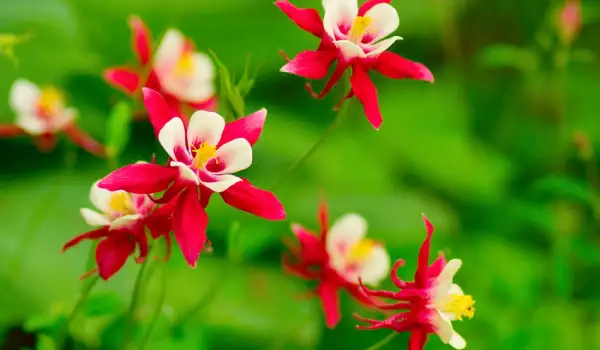
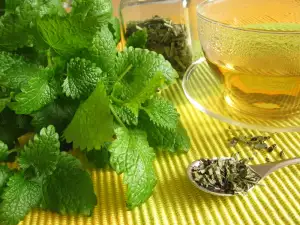

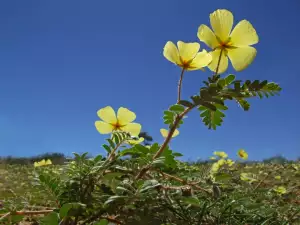
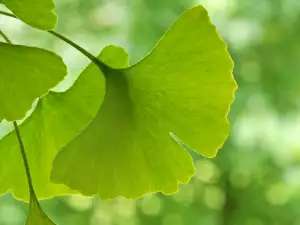
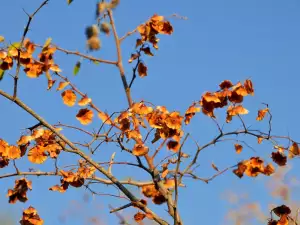
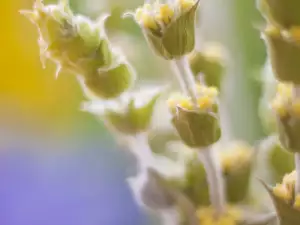


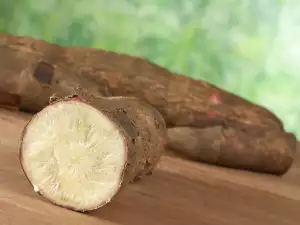

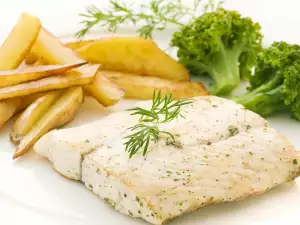
Comments